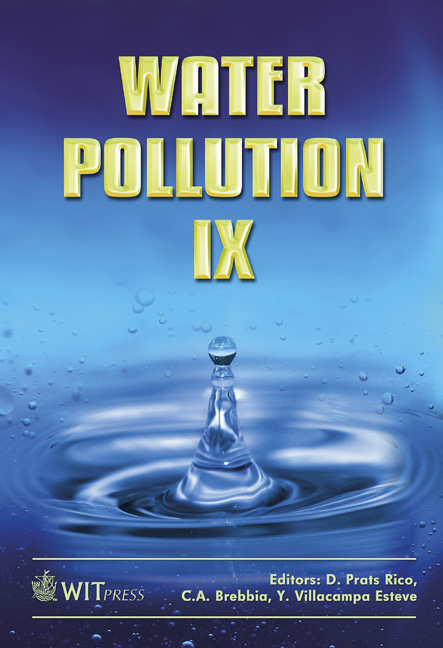Effect Of Physical And Chemical Parameters On Water Treatment Plant Effluent Quality (particle Count And Particle Size)
Price
Free (open access)
Transaction
Volume
111
Pages
8
Page Range
483 - 490
Published
2008
Size
1,086 kb
Paper DOI
10.2495/WP080471
Copyright
WIT Press
Author(s)
A. Torabian, A. Hesam Hasani & A. R. Mehrabadi
Abstract
The city of Tehran uses surface water to supply drinking water to a population of more than 10 million people via five large water treatment plants. Tehran’s water treatment plants consist of pre-treatment, coagulation, flocculation, filtration and disinfection units (conventional treatment). The plants’ effluent quality is in compliance with WHO standards. Drinking water standards these days are getting more stringent because of our knowledge about pollutants and the development in measurement instruments. Meeting new drinking water standards that will be enforced by regulatory agencies in the future is a challenge to the water industry. Removal of micro organisms such as Giardia, Cryptosporidium, DBD, TOC and particle size and particle count are playing a more important role in new standards. In this experimental study a conventional pilot plant was designed, built and used during a period of six months to study the effect of type and dose of coagulant, filtration rate on particle count and particle size of treated water. Particle size and count is a surrogate measure for the removal of pathogens such as bacteria, viruses, Giardia, Lambia, and Cryptosporidium. The results of this study indicated that the filtration rate and type of coagulant dosage has more effect than the other operational parameters on overall effluent quality and on particle size and count. Keywords: drinking water quality standards, particle size and count.
Keywords
drinking water quality standards, particle size and count.





